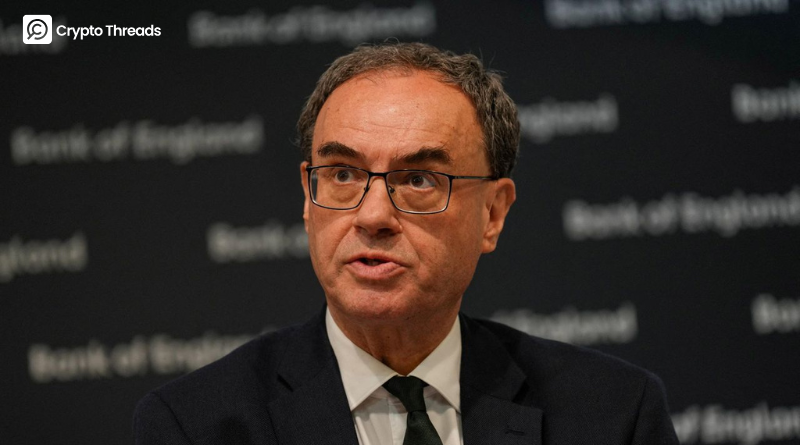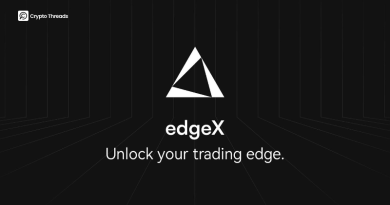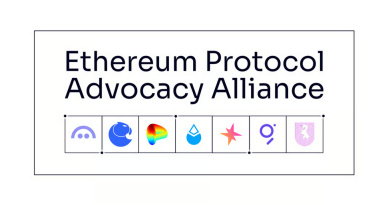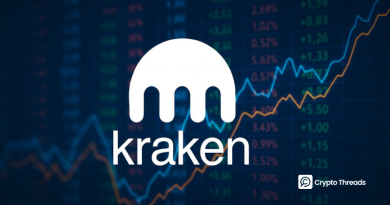Bank of England Governor Warns Against Private Stablecoins
Key Takeaways
- Bank of England Governor Andrew Bailey warns against private stablecoin issuance, citing systemic risks to banking institutions
- Bailey advocates for tokenizing deposits instead of allowing private stablecoin creation
- As chairman of the Financial Stability Board, Bailey’s position may influence global regulatory approaches
- The US administration views stablecoins as tools to extend dollar dominance and reduce inflationary pressure
- European officials express concerns that dollar-denominated stablecoins could threaten EU financial stability
- The debate reflects broader questions about monetary sovereignty in the digital age
Private stablecoins are drawing new scrutiny from top regulators. In a recent statement, Bank of England Governor Andrew Bailey warned that the widespread issuance of private stablecoins could pose serious risks to financial stability and undermine the UK’s sovereign control over its monetary system. His remarks reflect growing concerns among central banks about how privately issued digital currencies may challenge traditional monetary policy frameworks.
In a recent interview, Bailey emphasized that the Bank of England should prioritize tokenizing deposits rather than allowing private stablecoin issuance. His concerns center on the potential systemic risks that stablecoins could introduce to banking institutions, risks that he believes could destabilize the entire financial system.
Systemic Risks and Sovereignty Concerns
Bailey’s primary argument focuses on the threat stablecoins pose to sovereign governments’ control over their currencies. He contends that widespread adoption of privately-issued stablecoins could undermine traditional monetary policy mechanisms and weaken central banks’ ability to manage their respective economies.
The BOE governor also stated that the United Kingdom’s central bank should avoid adopting a central bank digital currency (CBDC) or launching any centrally-managed digital fiat token, suggesting a cautious approach to digital currency innovation.
Regulatory Implications
Bailey’s stance carries significant weight as he serves as the new chairman of the Financial Stability Board (FSB), an international financial regulator. This position suggests that efforts to restrict stablecoin proliferation may intensify during his tenure, potentially affecting global regulatory approaches to digital currencies.
Stablecoins represent one of the largest sectors in the cryptocurrency ecosystem, offering the potential to increase the geographic reach of fiat currencies by bringing payment infrastructure onchain. This technology can eliminate the need for traditional banking infrastructure when transmitting funds across borders, potentially democratizing access to major currencies such as the US dollar, euro, and Japanese yen.
Contrasting US Approach
The United States has taken a markedly different approach under the current administration, with comprehensive stablecoin regulation identified as a top priority. US Treasury Secretary Scott Bessent has argued that stablecoins would extend US dollar dominance globally, helping maintain the dollar’s status as the world’s primary reserve currency.
Overcollateralized stablecoin issuers typically back their digital tokens with cash held in banking institutions or short-term US Treasury bills, which offer high liquidity. By enabling private companies to tokenize US debt instruments, the administration aims to distribute demand for US debt more broadly, potentially reducing inflationary pressure on the dollar.
Federal Reserve Chairman Jerome Powell has expressed support for cohesive stablecoin policies in the United States, aligning with the administration’s broader digital asset strategy.
European Resistance
European officials have consistently raised concerns about the United States’ stablecoin initiatives, warning that dollar-denominated stablecoins could threaten the EU financial system and potentially displace the euro in international transactions.
This transatlantic divide highlights the complex geopolitical implications of stablecoin adoption, with different regions viewing these digital assets as either opportunities for monetary expansion or threats to financial stability.



